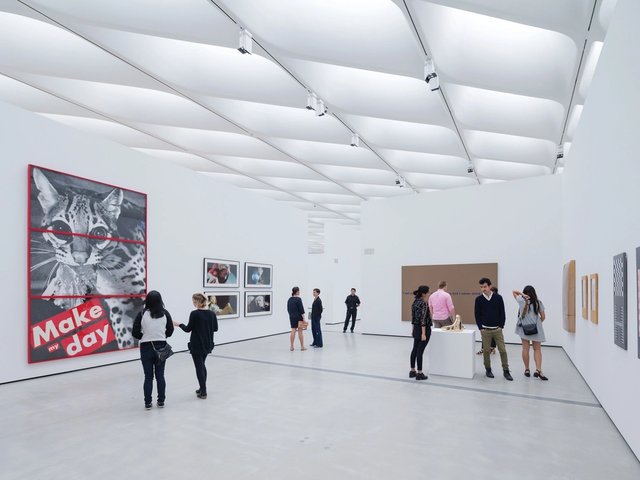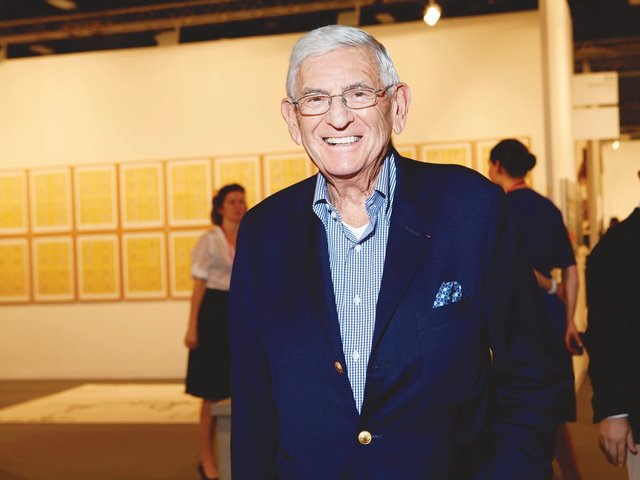The Broad, the new museum housing Eli and Edythe Broad’s collection of Modern and contemporary art, is due to open in downtown Los Angeles on 20 September. Rising on Grand Avenue opposite the quiet, below-street-level Museum of Contemporary Art, Los Angeles (MoCA), designed by Arata Isozaki, and near Frank Gehry’s shiny Walt Disney Concert Hall, the Broad is a conspicuously porous structure.
The building is the work of the experimental firm Diller Scofidio + Renfro, with the straight-talking architect Elizabeth Diller as the principal, and its cell-like exoskeleton of angled ovals lets light in and out. From one point in the street, a passerby can look in and see through multiple floors. Inside, you can peer into the storage vault while climbing the winding stairs. Details such as this make the building seem conscious of its public purpose, dangling the promise that the museum could be more transparent than many arts institutions that have more democratic origins, boards of directors and government funding.
Highlights of the Broad
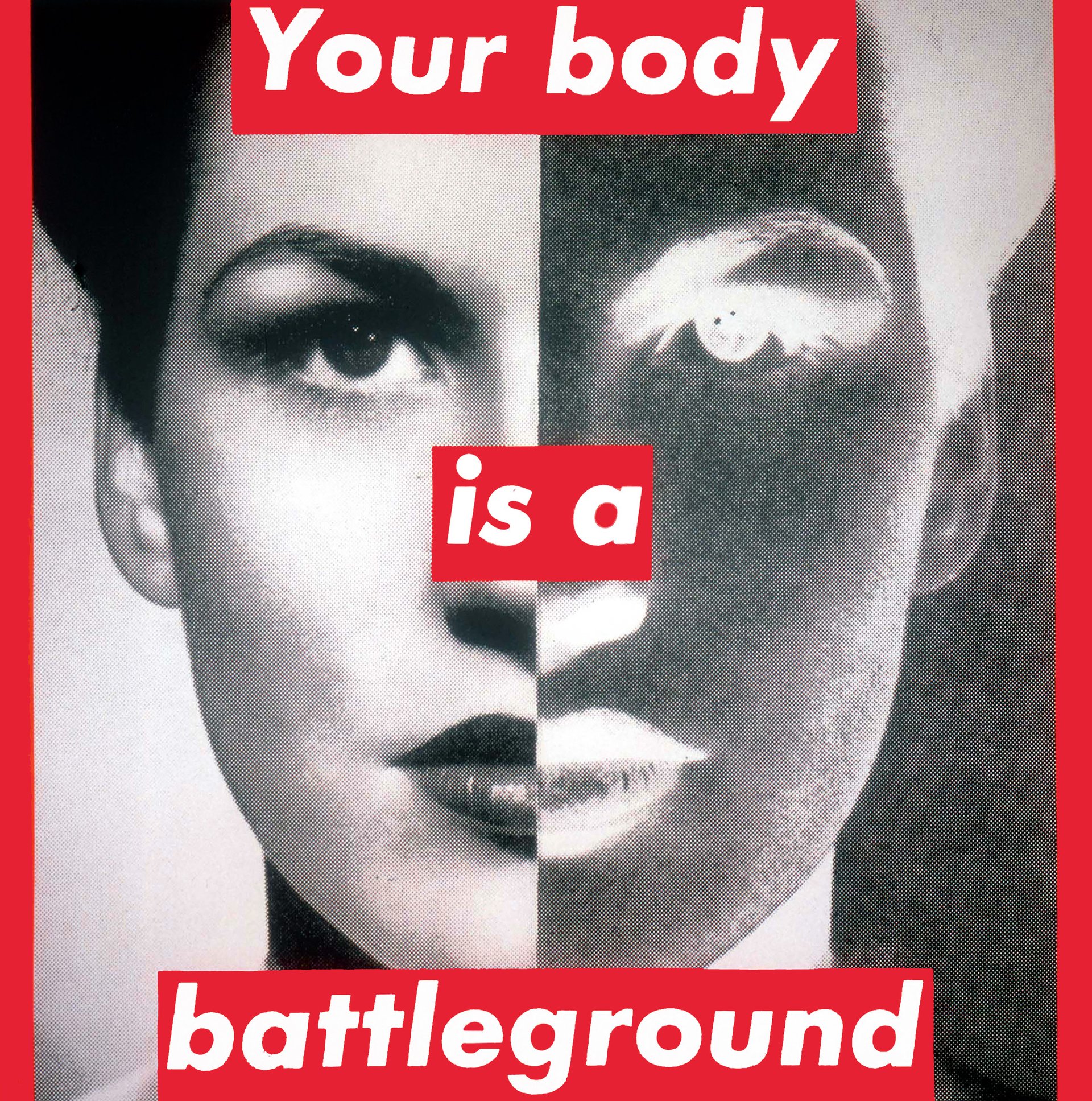
The multibillionaire Broads have contributed to most major cultural institutions in Los Angeles over the past 35 years, including the Broad Contemporary Art Museum at the Los Angeles County Museum of Art, across town. Eli Broad has been aiming to make downtown’s Grand Avenue the city’s “cultural and civic centre” (City Hall is a few blocks away) since at least the early 1980s. He has been involved with the planning and funding of every architectural jewel on the street.
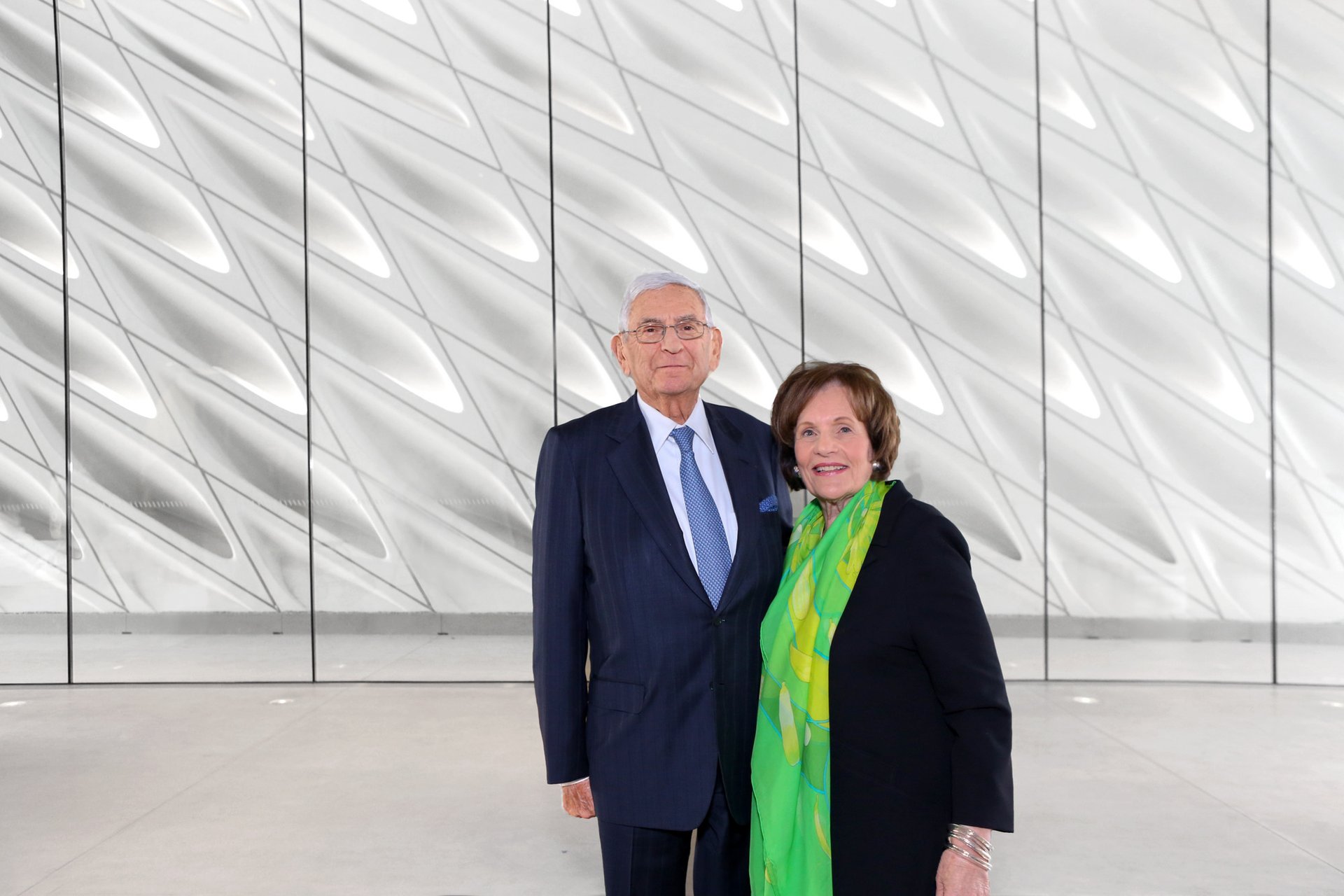
Stories of his fits and starts with the starchitect Gehry are legendary. He has also had a long, sometimes rocky relationship with MoCA, angering fellow board members at times but bailing the museum out of financial hardships, then setting clear conditions for its progress. When asked about the Broad during a recent lecture, Helen Molesworth, the newly hired chief curator of MoCA, joked about how good fences make good neighbours.
Diller has said repeatedly that, on hearing that Broad was building a museum instead of letting his collection remain nomadic, her first feeling was disappointment. However, she became interested in the dual nature of the project: an act of generosity combined with a collector’s desire to have a storage facility for the immense, valuable collection he and his wife have amassed, while also adding interest to the street that Broad has worked tirelessly to make the centre of a city without a centre. “That is actually what triggered the entire design,” Diller told the Los Angeles Times two years ago.
“We don’t want to be like the Norton Simon,” Broad says, referring to the private museum of European and Eastern art in nearby Pasadena. “We want to broaden the audience for contemporary art.” The Broad collection includes work by Andy Warhol, Yayoi Kusama, Robert Rauschenberg, Jasper Johns, Jeff Koons, Cindy Sherman, Kara Walker and Mark Bradford—all artists approved by the critical establishment and the market.
Because of Broad’s prominent reputation and because the collection has been shown piecemeal, its serious nature has tended to be underestimated. “The view has been filtered through the lens of the marketplace,” says Joanne Heyler, the museum’s director, who has worked with the Broads since 1989. “But the Broads have been consistently interested in what artists are doing.”

The first exhibition is chronological—an attempt to show the scope of the collection. In the year-and-a-half leading up to the opening, the Broad has hosted a series called The Un-Private Collection, inviting debate while highlighting the work of individual artists. A talk between Kara Walker and Ava DuVernay, the director of the recent film Selma, took a particularly raw look at unconscious prejudice, and all 1,800 tickets sold out within an hour.
“I don’t think any museum has drawn that many people,” Broad says. Especially one that has not yet opened.
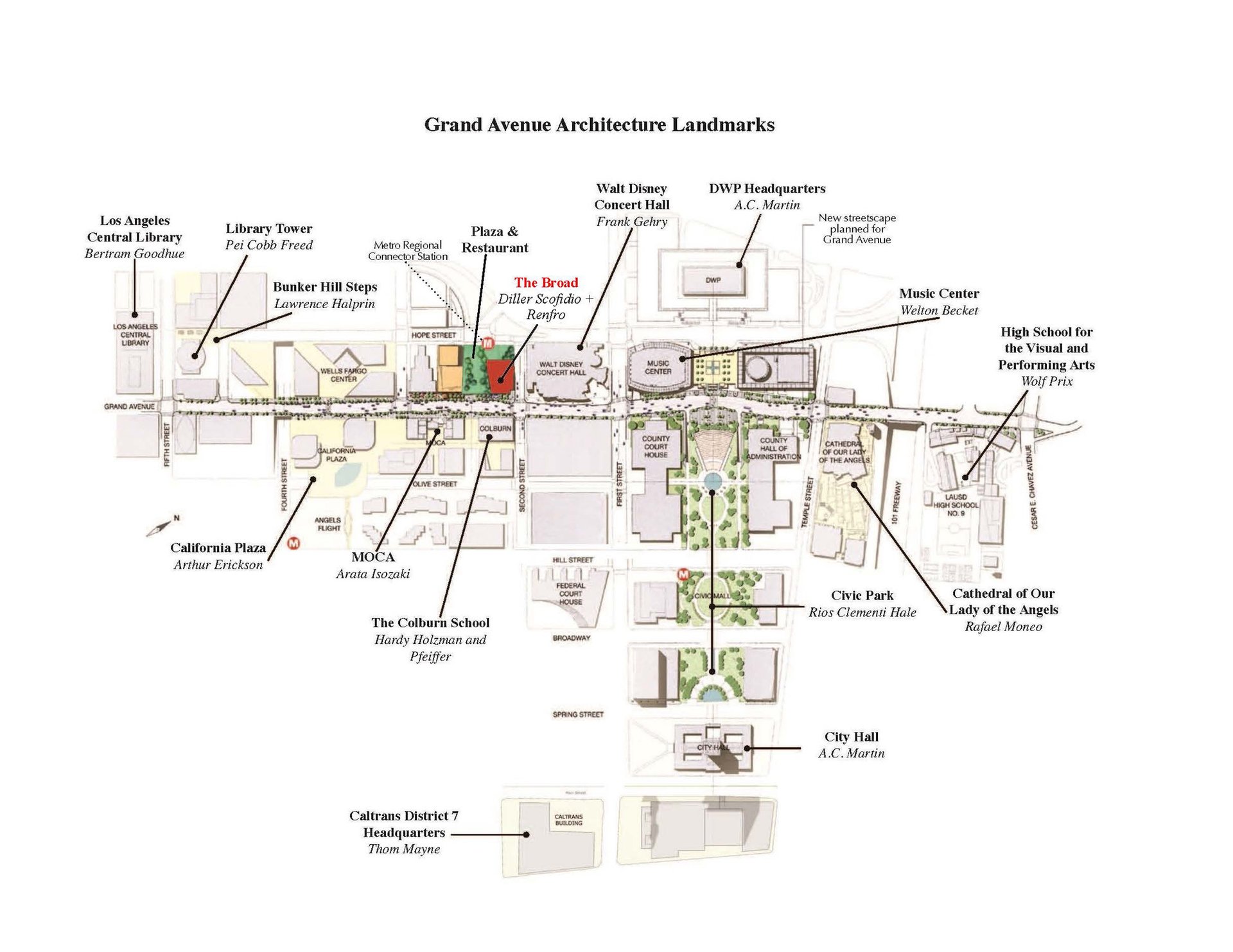
Click here for more from our LA Special Report, including articles on Lacma's role in preserving land art, Moca's return with a new director, and one of the world's largest Cold War archives housed in Culver City.


